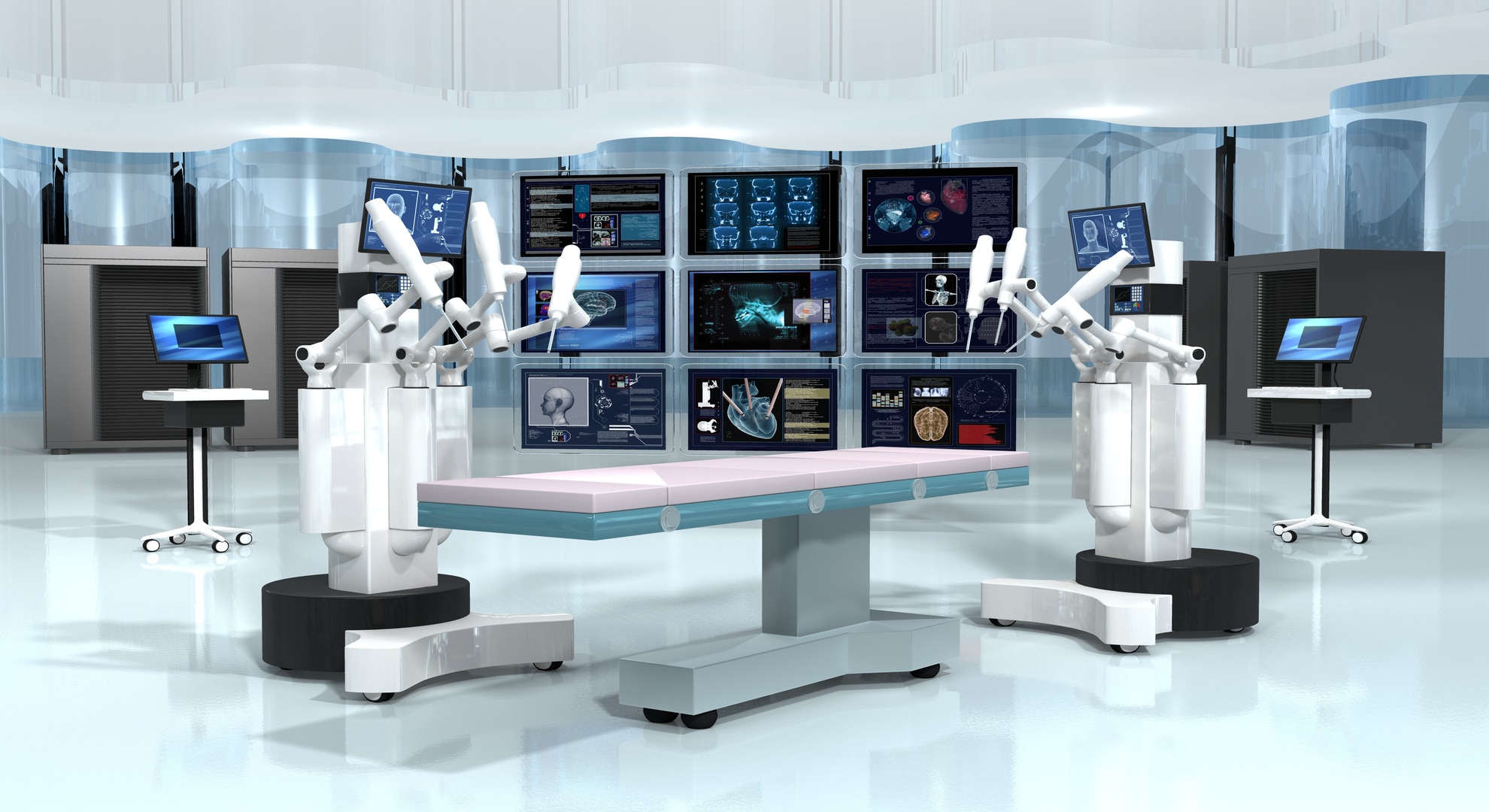
24 Jun The path towards a technology-based healthcare sector in Spain
The virus SARS-CoV 2 (COVID-19) may turn out to be one of the most impactful on the world’s population in the 21st century. Chiefly because of the number of people who died from the pandemic, but also the transformation it has brought to global health systems, economies and our lifestyles. Tele-medicine experienced enormous growth during the pandemic – especially during lockdowns.
In fact, Spain is now a European leader when it comes to use of health-related technology. According to data from a Capterra survey, 62% of Spaniards have had “at least one remote consultation with a doctor”, well above the average of 39% of those interviewed from the United Kingdom, the Netherlands, Germany, Italy, France, Canada and Australia. So, will digitalisation be leading the change in the health sector from here onwards? There’s certainly hope, but also the need for caution. The same Capterra survey revealed 61% of patients have never come into contact with tele-medicine. The figures are clearly encouraging, but we need to remain cautious.
Unequal implementation of technology in healthcare
Digitalisation has helped – and will continue to help – health systems make progress based around the digital transformation. But there are still some hurdles to overcome.
The patient experience depends on their familiarity with technology. According to a study looking at digital patient experiences, a patient’s familiarity with apps, devices and technology more generally greatly affects their access to telemedicine. The more familiar you are, the greater your ability to access and satisfaction with tele-medicine. Those who are less ‘connected’ remain reluctant.
Doctor distrust when diagnosing. According to the same paper from the IDIS Foundation, the medical community is still afraid of mistakes happening during remote diagnoses when using technology, either due to inappropriate technology being used, a lack of familiarity with it, or a lack of experience using it.
Outdated equipment and poor connectivity. Perhaps the most serious barrier to proper digital transformation of the Spanish healthcare system is the lack of updated technology and software in medical settings, as well as the absence of proper connectivity in large parts of the country, especially in rural areas.
Connectivity and healthcare digitalisation have to come together
A high-speed Internet connection is essential to the technological development of the healthcare system. However, as we’ve seen before, more efforts and tools are needed.
Training: providing medical staff with new skills in technology. Some experts, such as doctor and journalist Martin U. Müller, have even spoken publicly about this issue and are advocating the inclusion of additional qualifications, specialising in digitalisation, in standard medical studies, which is a view gaining increasing traction in the academic world.
Economics and politics: although governments – and, in Spain’s case, also regional authorities – have their own plans and budgets, European organisations, such as the Innovative Health Initiative (IHI) can be of great use in healthcare digitalisation by funding collaborative and inter-sectoral projects that bring together universities, the health-related industries, SMEs, patient organisations and regulatory bodies.
Infrastructure: close collaboration between the public and private sectors is a must if we’re going to achieve satisfactory Internet coverage in those areas where connectivity remains poor. Although private 5G networks set up by companies in rural areas, such as one recently rolled out by Fujitsu, are enormously helpful, establishing long-term synergies between the government and private companies is key. Developing the 10 strategic areas of focus of Spain’s 2025 Digital Plan is the real key to winning this battle.

